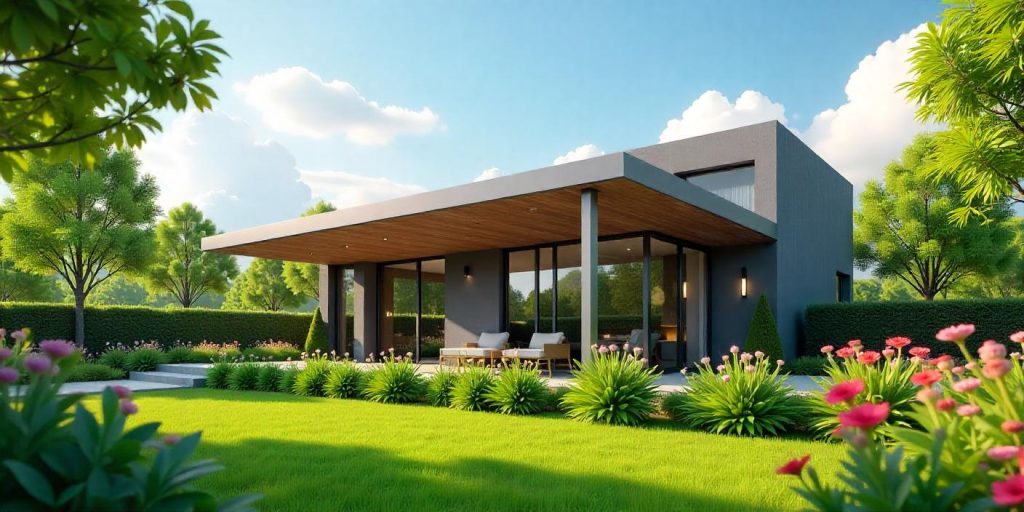The word “pergola” is of Italian descent and refers to an extension or a roof-like structure. The Italian art of building these structures reaches back to antiquity, when they served as landscape architecture for terraces.
How do you choose a pergola for your garden?
Pergolas are structures that add elegance and beauty to any outdoor space. Commonly used to support climbing plants, pergolas can create stunning outdoor aesthetics when combined with other garden features. Picture this: There is a perfect sun-drenched cozy spot in your backyard. You can bask in the sun or retreat to this spot in the evening, knowing that you’ll be safe from the nighttime chill. Underneath, you have a three-by-three-meter open-air dining room complete with an exquisite table and flowing white curtains that billow lazily in the summer breeze and are the perfect conversational piece for you and your guests. You can eat there, and when the table’s not in use, you can just go and sit there with a favorite book. If you had any kind of structure over your head without it being a health hazard, you could call that spot cozy.
The background on the creation of the pergola is provided.
The word “pergola” originates from “pergula,” a term ancient Romans used to describe a space for growing vines. They would utilize this shade structure along the paths in their gardens to ensure a comfortable walk. Even though we no longer require entertainment from our pathways in modern times, the fundamental concept of the pergola still holds true. A modern pergola can be freestanding or attached to your home. It is an open structure that offers shade and visual interest to an outdoor space in a variety of configurations. Whether built from wood or metal, a pergola can accommodate a “climber,” be it a plant or a person.
Manufacturing parts of a pergola
Tree trunks and branches form an ancient structure that can serve as a separate feature in the landscape, connect arbours, or function as an entrance. A separate feature may be in a modest style, or it may have classical proportions worthy of an entrance to the grandest Roman villa. Also, if you have a drawing of the entrance with good proportions, it is easy to add in the details necessary to give it the tree structure style appropriate for any feature, be it simple or grand.
Pergolas were traditionally built using wood. A wooden structure appears much more “natural” and blends well with the abundant plant life. Still, an aluminium pergola is a far more reliable option with a much longer service life—though a pergola might not serve a “life” in the traditional sense. Aluminium, being a more elegant and refined material, can more easily conform to the shape of a growing plant. A well-constructed aluminium structure can maintain that elusive “form follows function” appearance. That is, a pergola should look like a pergola, not a plant support or other structure that might be only partially draped in the appearance of plant life—that is, a “living wall.”
There are various designs for aluminium pergolas. The simplest is a structure with four columns, forming a rectangle at once. This is both unified and has many variations. With a top and awning, it becomes a canopy. If you enclose the walls and make them vertical, you become a curtain. A pergola can also serve as a canopy, screen, or green corridor, incorporating plants into the design. You can also use it to create a tree, with the final wall serving as a crucial design element.

